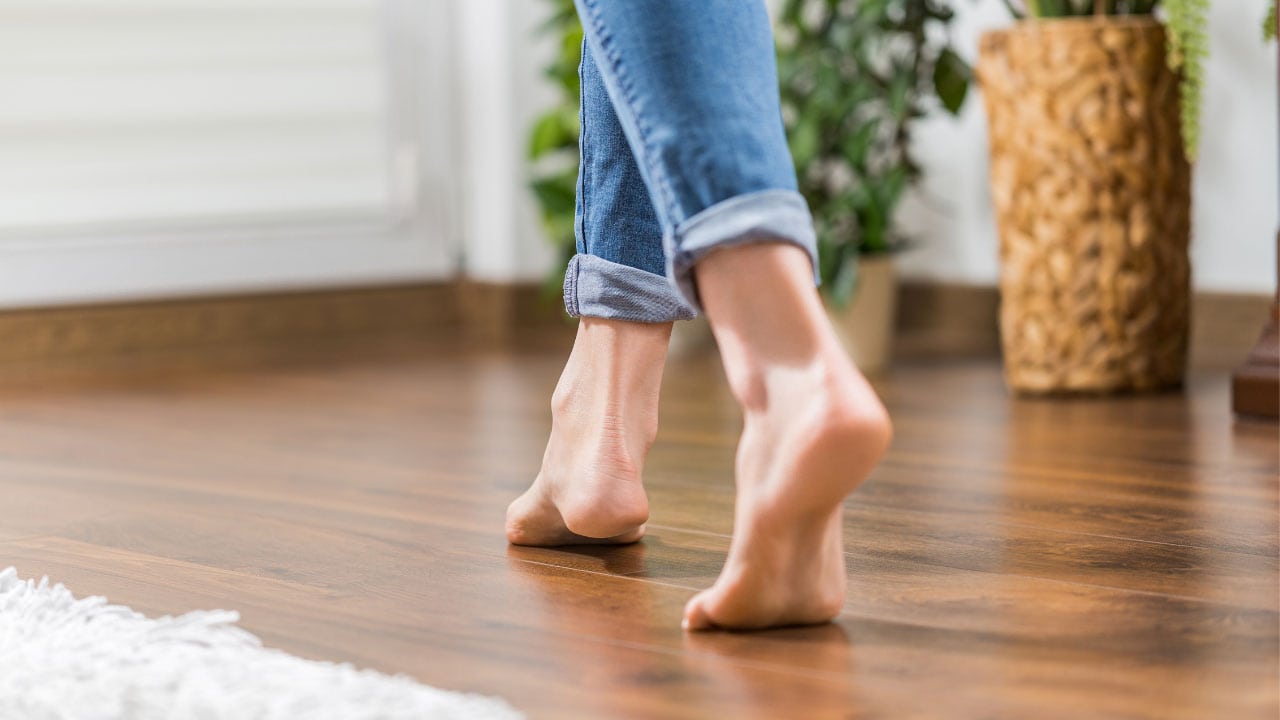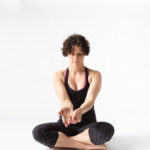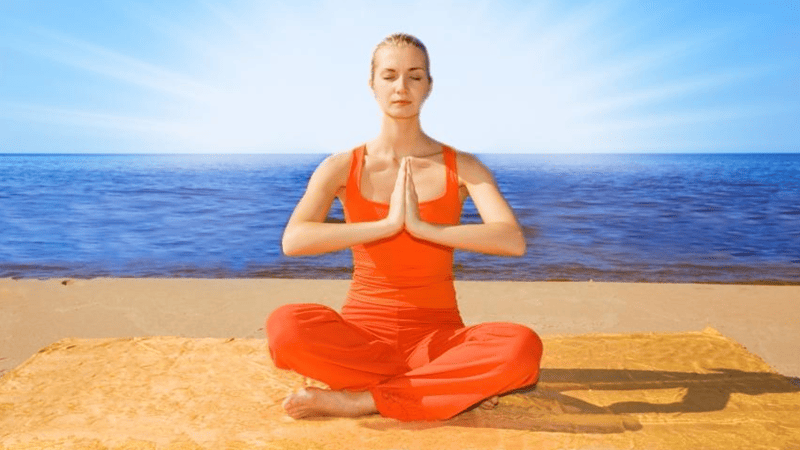
Boost your body awareness
Improve your understanding of body awareness for better mental and physical wellbeing. By Jennifer Pilotti
If I asked you right now to describe to me where your right shoulder blade was, you would probably have to pause while you thought about your right shoulder blade and then ascertained its exact location in relation to the rest of your body and your environment.
This is normal. It would be exhausting to be consciously thinking about where all of your limbs were in space, all of the time.
Fortunately, your brain has all of that information available unconsciously, in the background, just like your brain unconsciously takes in colour and shape information and what the room you are in smells like. This information tells your central nervous system how safe your current environment is and informs what you do next.
When the information your nervous system has is accurate and robust, you have a more complete picture of your possibilities for your next action.
Proprioception and kinesthetic awareness
Your conscious perception of where you are in space is called your kinesthetic awareness; your ability to determine how your limbs are moving, including how quickly you move your arm through space, how much you are moving your left foot, or what direction the left side of your pelvis is oriented…this is your kinesthesia.
Proprioception is your unconscious awareness of your limbs in space. It’s what allows me to reach for the water bottle on the right side of my body without thinking about it, generate the appropriate amount of force to pick it up, unscrew the lid, and take a drink. Kinesthetic awareness and kinesthesia both contribute to how accurate my proprioception is and how quickly and efficiently I am able to perform the task of reaching for the water bottle and taking a drink.
Body awareness
If you don’t have a clear image of your joints and their positions or how much force is needed to perform daily tasks, your central nervous system doesn’t have a lot of information available to accurately predict its next move. If, for instance, you haven’t practiced reaching your left arm out and slightly behind you in years, the mechanoreceptors that detect that specific position of the glenohumeral joint (and the other joints that contribute to the body’s ability to reach the arm out and behind) won’t have detected your arm in the position for the same number of years. If you were to fall and reaching your left arm out and slightly behind you were the most efficient way to catch yourself, that option wouldn’t be readily available because your central nervous system wouldn’t ‘know’ that was an option.
Or if you have a joint hypermobility syndrome, your central nervous system might be receiving inaccurate information about the joints and their location in space because the information the central nervous system is receiving from the mechanoreceptors in the ligaments is unclear. The same thing can happen in injuries like ankle sprains or meniscus tears — basically, the clarity of the message is altered, impacting conscious and unconscious awareness of joint position and movement.
How do you think it would feel to not have a clear idea of the way your left foot connected to the ground? Or to not know how much force you needed to generate with your right arm to pick up a five pound box that was to the right of your body? Probably a little unsettling.
Now imagine you didn’t fully trust where your body was located in space or its ability to generate force and support you all of the time, on an unconscious level. What impact would that have on your psychological well-being?
It would make you a little unsure of how to navigate the world, and that uncertainty can translate into feelings of anxiety.
Symptoms of anxiety include:
- Anxious worrying
- Tension
- Fears about everyday events
The heightened state of arousal associated with high levels of anxiety can lead to a number of physical symptoms, including:
- Insomnia
- Fatigue
- Headaches
- Neck pain
- Shoulder pain
- Back pain
Sensory processing (the ability of the central nervous system to accurately process the information you are receiving from your internal world and the external world around) is a critical aspect to emotional wellbeing. When your perception of your body and its movements are altered, your internal sense of self, or your interoception, is affected. Interoception is your internal bodily sensations; like proprioception, it’s happening all of the time. How you perceive your internal physiological world is your interoceptive awareness.
Sensory processing impacts how you process emotions, movement, and how you respond to a situation. Good sensory processing leads to better balance, both physically and emotionally. An entry way into improving sensory processing is through kinesthetic awareness.
Try this:
In bare feet, come into a standing position. Walk backwards slowly, feeling the sense of each foot as it lifts from the floor and rolls down to the floor. See if you can feel how each foot lifts and how each foot rolls back down to the floor. Do this for about 30 seconds.
Now, begin walking around your space, setting the pinkie toe side of the foot down first and rolling the weight across the foot until the big toe side of the foot connects with the floor. Angle your feet in different directions as you walk, with the emphasis on rolling from the pinkie toe side to the big toe side of each foot. Do this for about 30 seconds.
Pause. Feel the weight of the feet against the floor. Observe your breathing and how your body organises itself around the feet. How do you feel physically? How do you feel mentally?





